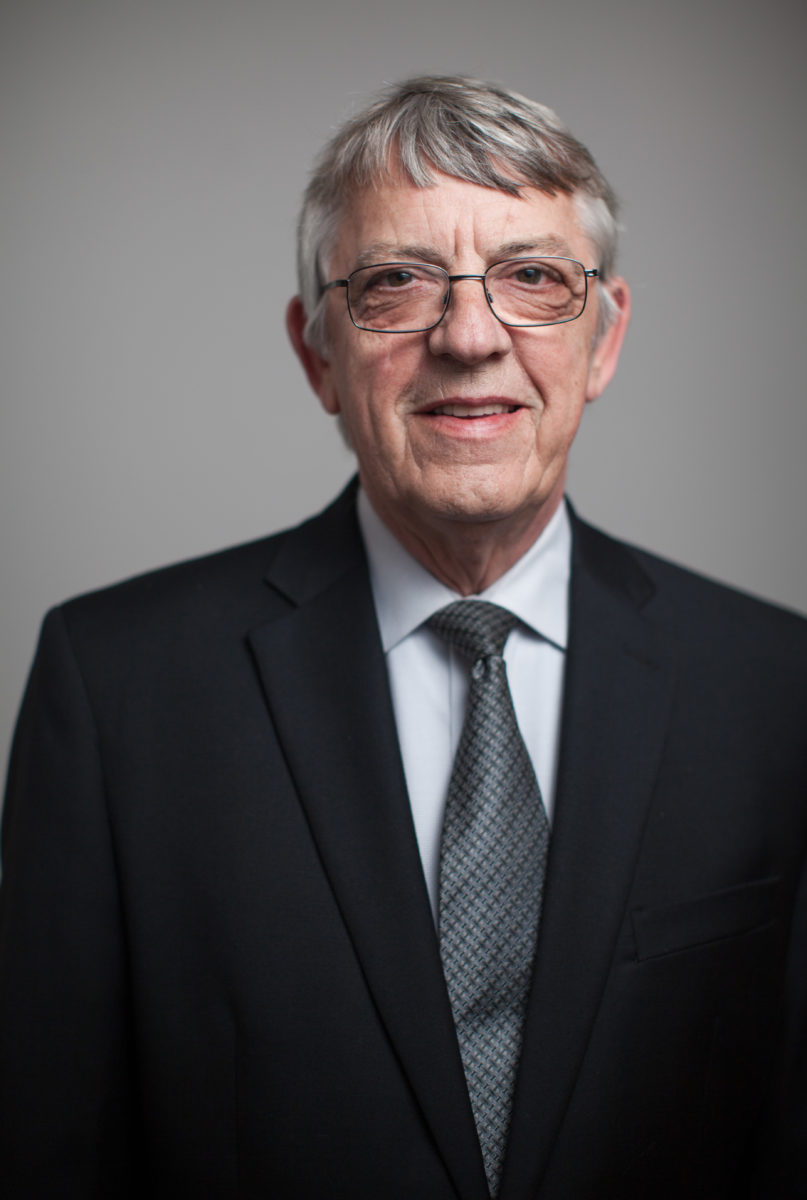A year after the legendary Italian tenor, Enrico Caruso, recorded the leading role in Pagliacci, he had barely the time to hop a ferry and escape from the Great San Francisco Fire of 1906. He recalled that fateful journey across the bay with considerable bitterness, as the City burned and smoldered after the earthquake.
Could that experience have imbued him with the passion that made his portrayal of Canio so memorable? Most experts will not quickly dismiss such an idea, while others will contend that such monumental suffering can only make a singer stronger.
The demands placed upon the chorus in the San Francisco Opera’s upcoming production of Pietro Mascagni’s Cavalleria Rusticana and Ruggero Leoncavallo’s Pagliacci, are no less daunting.
Fortunately, SFO’s chorus director and conductor, Ian Robertson, is up to the task. He’s held this position since 1987, and a veteran of of the SFO Cav/Pag” productions of 2003.
“The Bell Chorus,” is especially challenging for the girl singers,” says Robertson. “They really have the carry the melody while the boys are counting out the rhythm.”
The Easter Hymn from Cavalleria is no less difficult, he adds, with choristers required to keep moving about the sacred procession.
“Our singers have to train like athletes,” he adds, “and must remain fit throughout the season. Furthermore, they have to use the same discipline with their voices, developing and retaining muscle memory.”
As far as motivation goes, says Roberston, it all comes from within.”
“I don’t have to work too hard in getting my chorus engaged in this work, because it is very explosive and gut wrenching, as all true works of Verismo should be. By the time we stage our first performance, our chorus is entirely prepared and eager to take the stage.”
The same goes new opera-goers, Robertson contends, noting that Cav/Pag is the perfect introduction to the art form for patrons who may only attend one or two operas a season.

